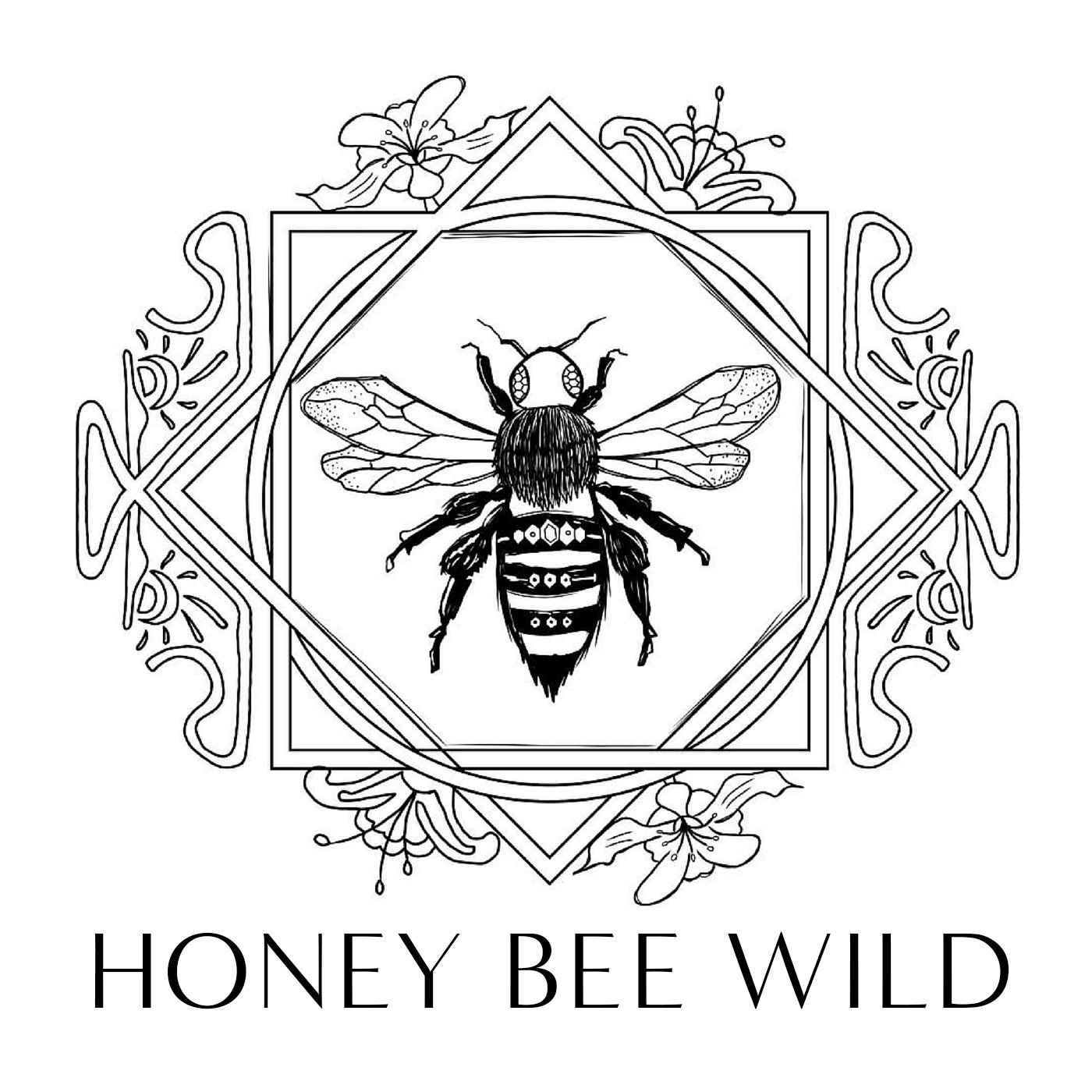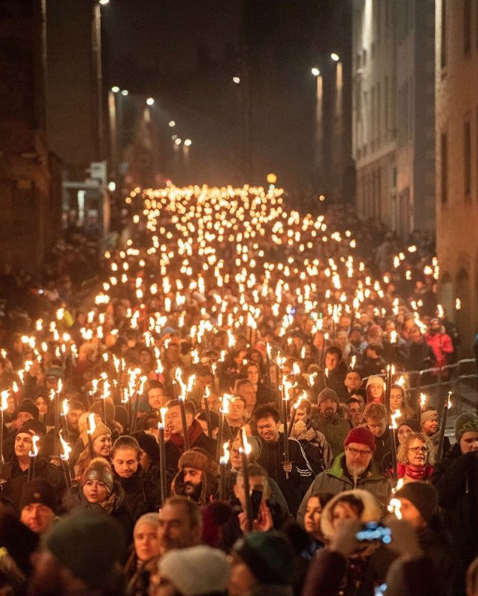12th Day of Yuletide:
What better way to end the 12 days than with a celebration of Twelfth Night. What exactly is Twelfth Night?
What better way to end the 12 days than with a celebration of Twelfth Night. What exactly is Twelfth Night? It’s the final night, the last hurray, the “Go big or go home”. It’s origins lie somewhere in antiquity, between the Nordic Juul season and the Roman Saturnalia. Or perhaps even older than that. The winter festivals were never about one day. The season of winter merriment was just that, a season, which eventually had to come to a close so that the hard work of winter could carry on. What better way to end that season than with a party? The Twelfth Night comes from the Christian feast of the eve of the Epiphany, typically celebrated Jan 5th. The Epiphany is also known as the Feast of the three Magic Kings, marking the arrival of the 3 Wise Men to Jerusalem. However, prior to the Catholic Church deciding on the 6th for the Epiphany, there was an older tradition of celebrating the end of Yule which began at Winter Solstice. In fact, the church actually changed the day of the Epiphany to try to discourage the generally pagan revelry that occurred on the original 12th night: New Years Eve. Good try dudes. It failed. ⠀
So let's carry on with the merriment: 🍰 In Old England there was a custom of the King’s Cake. On this night, a cake was made. A bean was baked into one half, and a pea into the other. As guests arrived, men were given slices of cake from the bean side and women from the pea side. Whomever received the piece with the bean or pea was crowned the King and Queen of Revels. ⠀
In Celtic countries like Wales, Scotland and Ireland, there is a tradition of first footing. It is considered good luck to have the first person who enters your home after the stroke of midnight be a dark haired man (a stranger is best!) bearing gifts of a coal, shortbread, or whisky! This likely stems from the fear of blonde Viking invaders in Northern Scotland. Besides who doesn’t want a tall, dark and handsome stranger bearing gifts at your door at midnight. Shall I send my address?⠀
Furthermore, in Scotland, where Christmas was banned by the church for a period of time (for being too pagan), the people celebrate Hogmanay. Folk used to actually work through Christmas and put all their festive attention on Hogmanay. This grand New Year’s Eve festival of fire balls, torches, fireworks, and lights includes traditions such as first-footing, kissing (of course), and ringing of bells to clear the old and ring in the new. It was also a time of gift giving and house cleaning. If you’re in Edinburgh you might even start New Year’s Day with an icy dip in the sea!
In Ireland, single people often placed a sprig of mistletoe, holly or ivy under their pillow in hope to dream of their future mate.
Whatever it is you do this night, give a toast to the people who came before you. Everything you do comes from somewhere and was touched by many cultures intermingling and borrowing from one another. Ring in the year with one hand reaching back, and one hand reaching forward, as we carry on with the grave responsibility and wild revelry of being human.
Photo credit: @edhogmanay showing the Edinburgh torch procession at Hogmanay.


